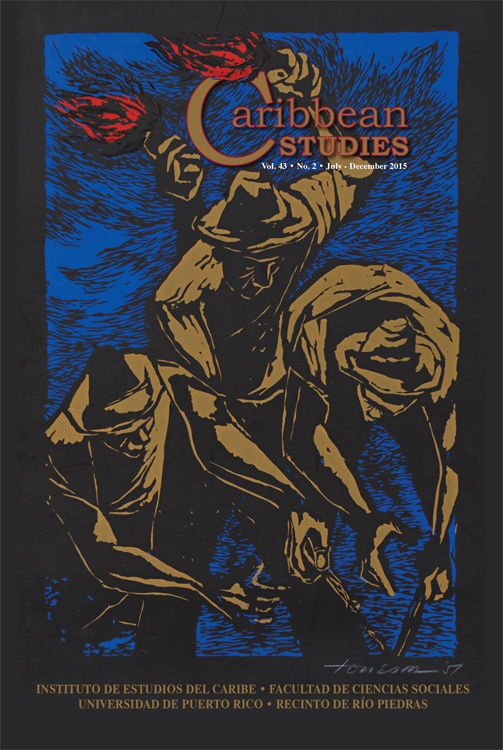Abstract
Manumission in Suriname existed from the time slavery started (± 1650), and it was mainly an urban phenomenon. The freed slaves, also called the manumitted, and their descendants made up the group of free non-white people. This group grew quickly and at the start of the 19th century, it became the largest segment of the city‘s population. The diversity of occupations practiced by this group demonstrated the important role this segment of the population played in Paramaribo. An inventory of the ethnic origin of all the private-slave owners in Paramaribo in 1862 showed that most slave owners possessing between one and twenty-five slaves, were free black or coloured people. Most slave owners with more than twenty-five slaves were white. This article is an attempt to bring nuance to the stereotypical image and the limited role attributed to the free non-white population of Paramaribo. An impression of how free non-whites, belonging to the elite of Paramaribo, actually lived in a slave society is given by the characteristic story of the Vlier family. They were well educated, socially engaged and they lived together with white and coloured people.Downloads
Download data is not yet available.

